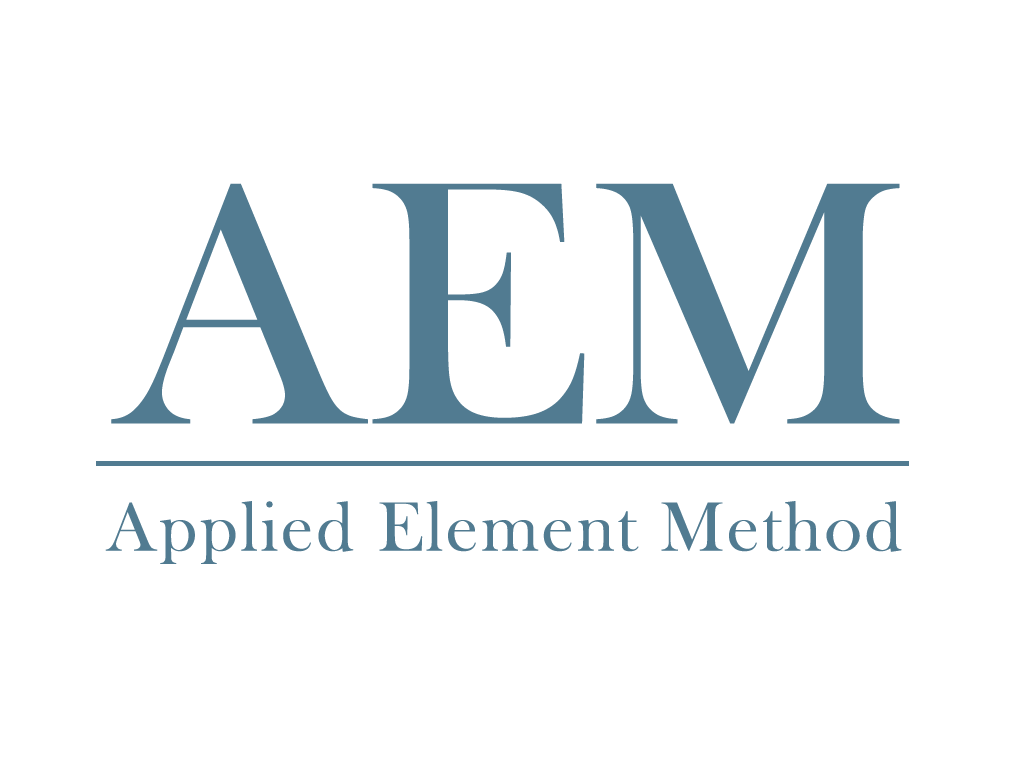Astructure is subjected to progressive collapse when a primary vertical structural element fails, resulting in failure of adjoining structural elements which, in their turn, cause further structural failure leading eventually to partial or total collapse. The failure of a primary vertical support might occur due to extreme loadings such as bomb explosion in a terrorist attack, gas explosion and huge impact of a car in the parking area. Different guidelines such as the General Services Administration (GSA) and the Unified Facilities Criteria (UFC) addressed the structural progressive collapse due to the sudden loss of a main vertical support. In the current study, a progressive collapse assessment according to the UFC guideline is carried out for a typical 10-story reinforced concrete framed structure designed according to (ACI 318-08). Fully nonlinear dynamic analysis for the structure was carried out using Applied Element Method. The investigated cases included the removal of a corner column, an edge column, an edge shear wall, internal columns and internal shear wall. The numerical analysis showed that for economic design, the slabs should be taken into consideration due to their significant effect on structural integrity after support removal. The simplification of the problem into 3D bare frames would lead to uneconomic design. It was found for the studied case that, reinforced concrete structures designed according to ACI code does not meet the UFC limits and that they a have a high potential for progressive collapse for cases of loss of either the corner column or edge shear wall. A modification for the ACI code was proposed to meet the UFC limits.
Helmy H., Salem H. , and Mourad S. Progressive Collapse Assessment of Framed Reinforced Concrete Structures According to UFC Guidelines for Alternative Path Method, Engineering Structures 42 (2012) pp 127–141.
